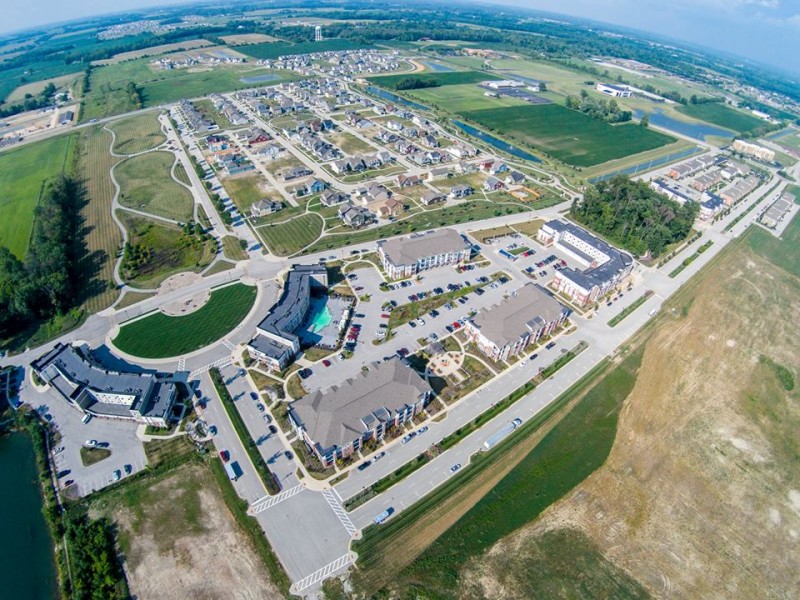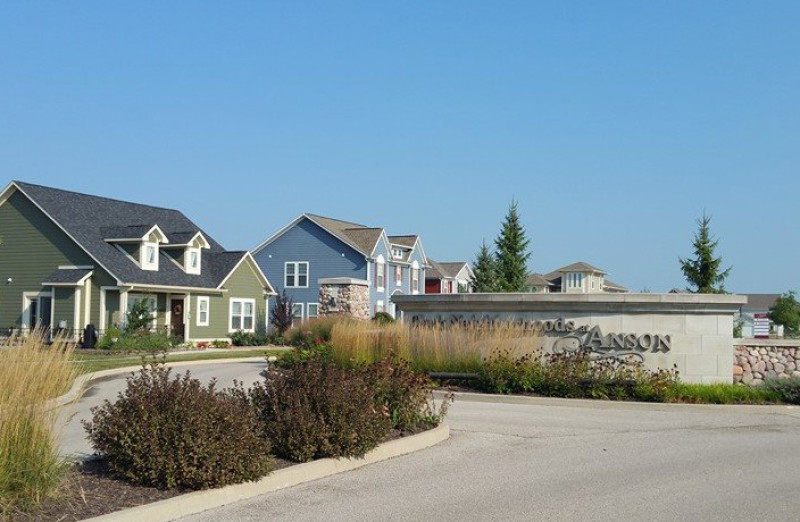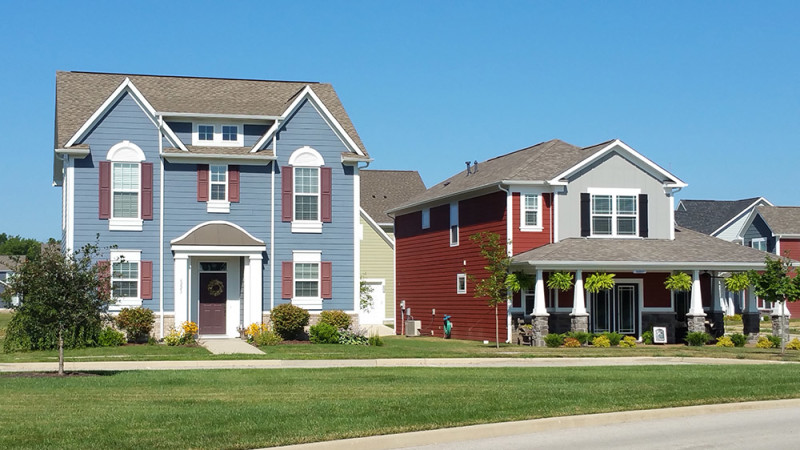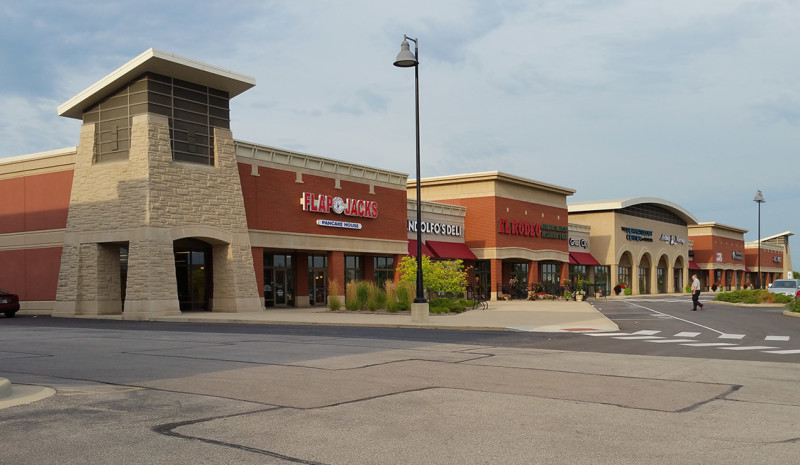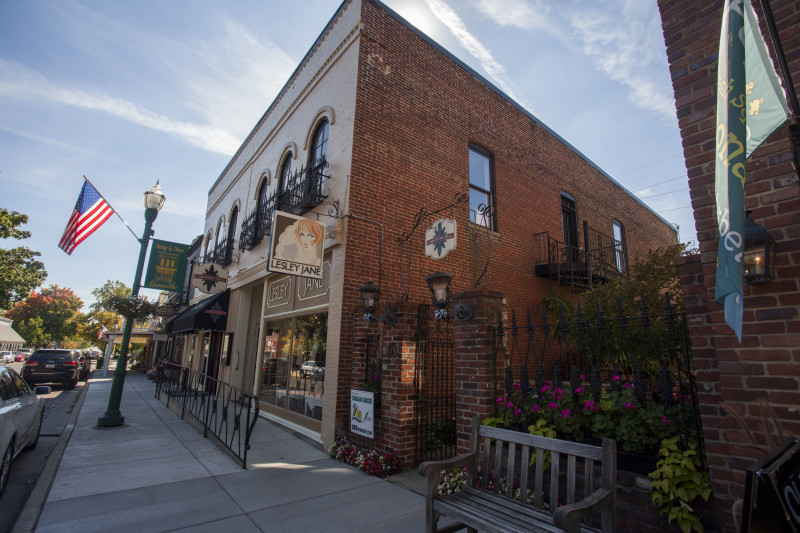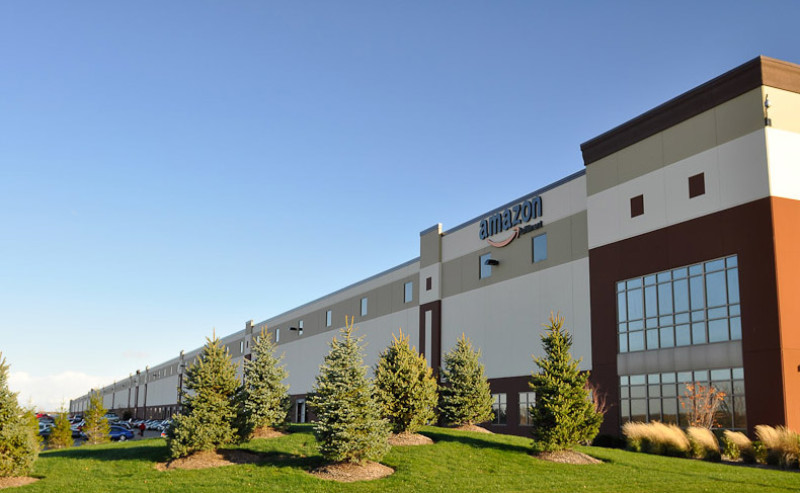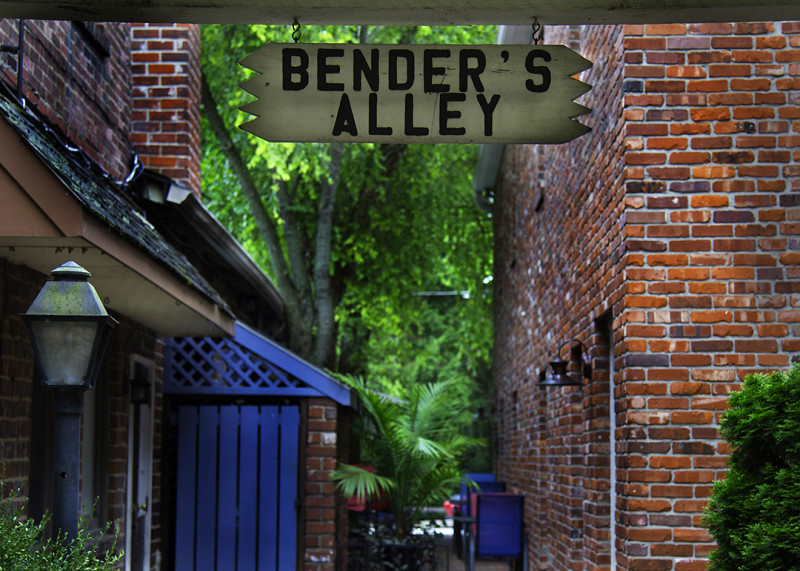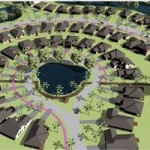The Remarkable Story of the County That Has Done the Most to Reduce Income Inequality in America
By Chris Peak
Indiana Officials didn’t set out to close the wealth gap. But that’s exactly what happened.
In the immediate wake of the Great Recession, as 4 million homeowners lost their houses to bank foreclosures while risk-taking executives took home $32.6 billion in bonuses, the glaring disparity between rich and poor ignited a debate about income inequality. Occupy tents unfolded in public squares, and the Tea Party protested bank bailouts. Since then, the financial markets have recovered and there’s a decrease in measurable unemployment, but wage disparity continues to capture headlines.
“Millions of Americans are working longer hours for lower wages, and yet all the new income and wealth are going to the top one percent!” Sen. Bernie Sanders declared at the Oct. 13 Democratic debate, a viewpoint that the presidential candidate has voiced for years. Republicans once derided these arguments as “class warfare,” but this campaign season features the populist rhetoric from both parties, with Republican Donald Trump saying that the middle class is “getting absolutely destroyed” at the same time hedge fund managers “are getting away with murder.”
For all the posturing this election season, there’s been little serious discussion about how to effectively reduce inequality or which cities are models of success. With assistance from the Institute of Health Metrics and Evaluation at the University of Washington, NationSwell dug into the data to identify the municipality that has done the most to reduce inequality since the latest financial downturn. Surprisingly, it isn’t a major city or even a minor one that’s made the greatest strides toward egalitarianism; it is a Midwestern exurb.
A half-hour’s drive northwest of Indianapolis, Boone County, Ind., has reduced the ratio of the top 20th percentile’s earnings compared to the bottom 80th percentile by 23 percent (the largest decline for any American county with more than 50,000 residents), an achievement that stumped Boone County officials. In government and business alike, no one realized the county had become a national leader in reducing inequality, let alone how exactly they accomplished this feat.
Over the last month, NationSwell pieced together the story of how two towns — an upper-crust enclave and its scrappy, younger neighbor — battled for land and altered the course of the county’s growth. There was no redistribution of wealth in this red state, but financial pressure from a statewide tax revolt forced these localities to reinvent themselves or risk becoming ghost towns. Unexpectedly, amidst all the turmoil, the middle class moved in.
Boone County’s evolution over the past decade may read as a bureaucratic string of annexations, civil suits, tax caps and government restructuring, but it’s really a story of how small-town America is redefining itself to attract young Americans. After World War II, the suburbs were a place of radical equality, where cheap subdivisions offered middle-class families a home and a driveway. As time passed, the price of home ownership continued to grow and became unattainable for many. Today, a new model centered on a dense suburban core (theorists also refer to it as New Urbanism, Smart Growth and Transit-Oriented Design) is emerging. This “city in miniature” model is particularly appealing to Millennials, renewing the suburbs as the home for America’s dwindling middle class.
Since its founding in 1851, Whitestown was a don’t-blink-or-you’ll-miss-it town without a traffic light. But at the start of this century, the population exploded from 471 in 2000 to 2,867 in 2010, making it the fastest growing city in Indiana for several years running. (The population is estimated to have doubled again in the last five years.) Its vinyl-sided developments were unglamorous, but the bargain prices drew young families who wanted good schools, green space and the urban amenities a short drive away.
Hungry for space to expand, Whitestown began eyeing land to annex, including areas close to its white-collar neighbor, Zionsville. Whitestown went “annexation crazy,” says Marc Applegate, a county commissioner. “[The town] gobbled up an enormous amount of territory,” adds Aaron Renn, an Indiana native and senior fellow at the Manhattan Institute, a conservative think tank. Maps were redrawn several times until Whitestown’s limits had stretched right up to Zionsville’s outline.
Zionsville residents, for their part, didn’t want anything to do with their neighbors. A bedroom community for attorneys, doctors and mid-level managers who commute to Indianapolis, Zionsville featured quaint brick storefronts lining Main Street. “You could probably have driven down it 50 years ago and think that it doesn’t look that different today,” says town council president Steve Mundy. Its residents worked aggressively to preserve the serenity, prohibiting big-box retailers and setting a strict quota on building permits.
The town’s restrictive approach didn’t last long. In 2007, anger over high property tax bills cost 21 Indiana mayors their jobs. Three years later, discontented Hoosiers approved a constitutional amendment capping property tax: residential at one percent, multi-family housing at two percent and commercial at three percent. Zionsville’s budget, which relied heavily on the assessed value of its well-kept estates, suddenly lost much of its revenue and needed to diversify the town to make up for the shortfall. To provide services long term, the town needed commercial development, but didn’t want to destroy its charm in the process. “It’s a tight rope we have to walk,” says Zionsville Mayor Jeff Papa.
Over in Whitestown, town manager Dax Norton says that with the tax caps, “communities had to find ways to grow, because in Indiana now, you’re either growing or you’re dying.” Developers there skirted zoning restrictions by building on land annexed by Whitestown, but within Zionsville’s prized school district.
“Part of what happened, I think, was these developers realized Zionsville is not going to let us come in, but the Whitestown area is very pro-development,” says Renn, of the Manhattan Institute. “That kicked off a free-for-all fight,” a mad civic frenzy over which town owned the land just outside of Zionsville. Whitestown won a lot of the battles, simply by having filed its paperwork first.
Whitestown’s competition and the dire need to fill the town’s coffers broke Zionsville’s long-standing policies, kickstarting development. Pro-growth candidates assumed power on the town council and two nearby rural townships received the opportunity to voluntarily reorganize as special districts within Zionsville. (Opposed by Whitestown, one of the mergers is being disputed before the Indiana Supreme Court.)
Zionsville also competed to attract business. Because of Boone County’s central location in the heartland, many shipping companies place warehouses outside Indianapolis, giving them easy access to half the country within a short truck ride. “The land in-between [Zionsville and Whitestown] is so hotly contested because there’s a huge amount of development along the I-65 corridor,” which links the area to Chicago and the Deep South, says Jamie Palmer, a senior policy analyst at Indiana University’s Public Policy Institute.
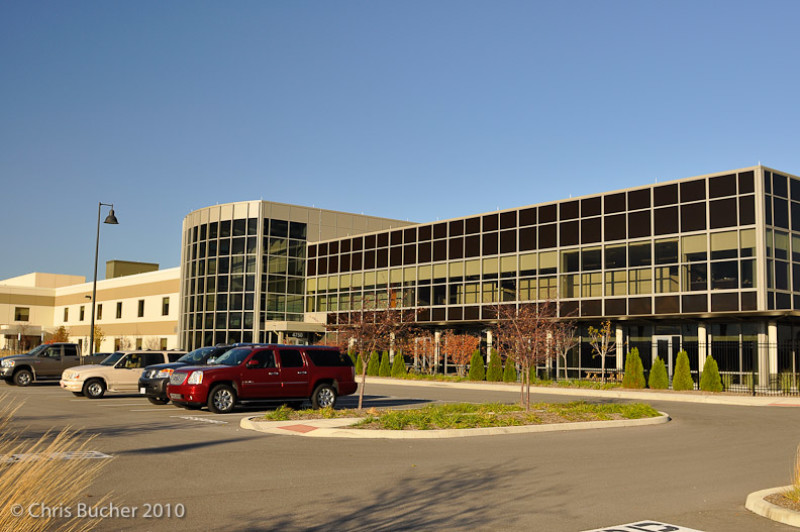
Courtesy of Whitestown
Medco is a mail-order pharmacy that pays its 1,300 employees higher wages than the average “picker packer” lifting boxes in a warehouse. Whilst picking boxes can be a physically straining job, it could be made easier for employees if this business looked into rolling ladders. These ladders, similar to this one from Platforms and Ladders, can make it easier for workers to reach different boxes in various levels of the warehouse.
In 2007, Whitestown won a contract with Medco, a mail-order pharmacy and, the following year, an Amazon Fulfillment Center, a facility with seven miles of conveyer belts. To match that, Zionsville courted a FedEx distribution plant that opened last year.
Even during the recession, the construction never stopped in Boone County, enticing outsiders to the area. Today, big roadside displays advertise grand openings of new single-family construction. “This year, we’ll break a record on single-family housing with 300 homes,” says Norton. Most will be priced at around $170,000, he notes, astonishingly cheap to most urban city-dwellers.
A series of recent progressive initiatives in Whitestown — non-discrimination protection for sexual orientation and gender identity (passed as the rest of Indiana lurched rightward on “religious freedom”), wider boulevards for bikers known as complete streets and a field of solar panels beside the municipal building — has only bolstered the town’s appeal to young people. “It’s a different kind of place in the ever-fearful-of-change Midwest,” says Norton. “It’s really a Millennial-driven community, and that’s made it pretty interesting. I’m not one of those, but I enjoy it.”
While Boone County’s ability to draw young, middle-class families may be instructive to other communities, the exurb still has much to accomplish to reduce inequality. Its significant decline only brings it in line with other American communities. Throughout the U.S., the richest Americans make about 4.4 times their poorest neighbors; in Boone County, it’s 4.2. That ratio of inequity, however, fails to express the divide between wealthy homeowners in Zionsville and poor tenants across county lines in Indianapolis. Boone County may be heading towards greater equality, but it could also be gentrifying, forming a homogenous group of families that all bring home high wages.
So far, Boone County has seen only a slight uptick in median income, from $64,961 in 2000 (adjusted for inflation) to $66,023 today, which suggests the county is not simply pricing out poor residents. That fits trends nationwide, says Joel Kotkin, an urban studies fellow at Champan University in Orange, Calif. Extreme wealth disparities exist in urban areas like New York City, he says, but suburbs ringing small and mid-size cities (particularly in the Midwest where land is cheap) offer the best shot at restoring stability to the middle class.
With Americans, in general, preferring single-family homes and a car, “all of the stuff about the death of the suburbia is overblown,” Renn explains. The major question today is not whether suburbs will survive, but how. “When they get old, [suburbs] have to reinvent themselves in the same way cities did.” The growth in Zionsville and Whitestown — prompted largely by the need for higher tax yield — serves as a model for how diversifying a graying, upper-middle-class population and reinventing a place where nothing much had happened since the post office opened in 1853 can do just that.
Boone County is still, on the whole, a rural county, primed for denser growth in its towns over the next decade. If anything, the boom has just begun.
This article was originally published by NationSwell on 11/20/2015

